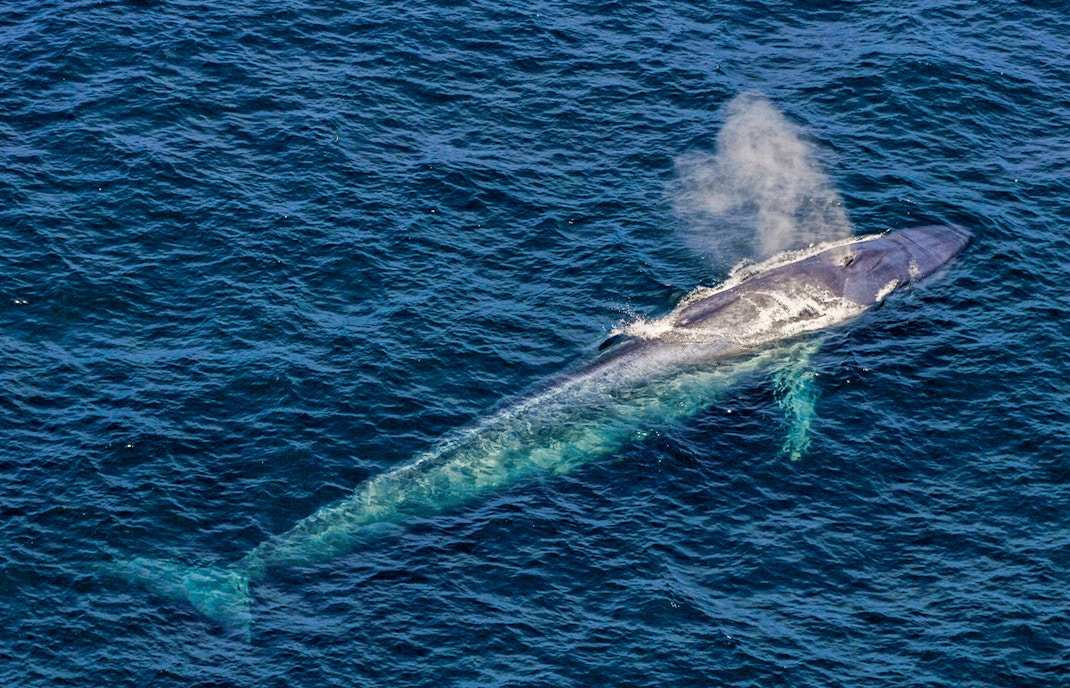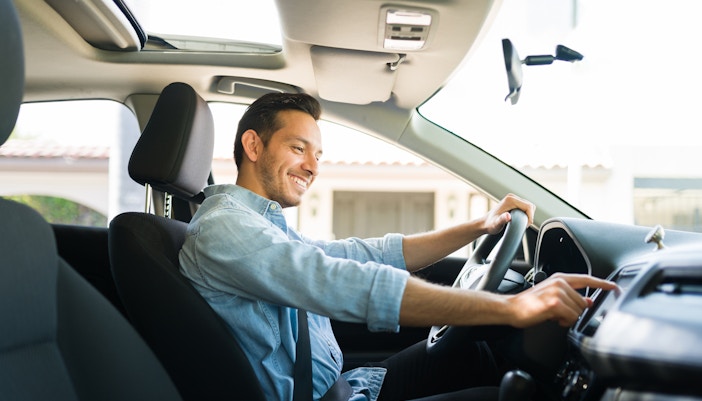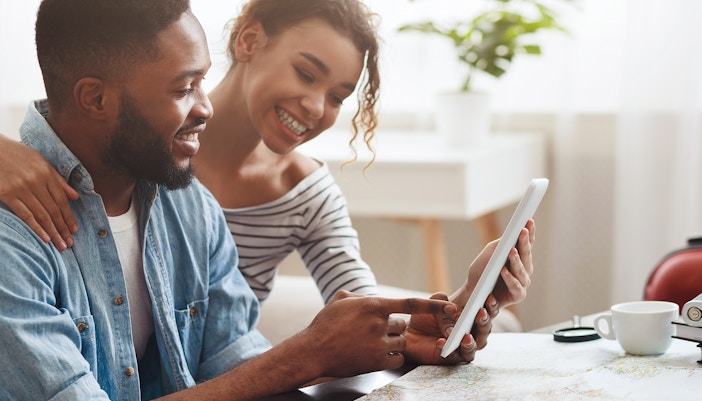Cooler seas bring in sperm whales, the deep-diving giants. You might also spot fin whales, sleek and impossibly long, gliding through the Atlantic. The weather is mild, and the crowds are thin.
Month-by-month whale season in Tenerife

January

February
Still prime time for sperm whales, with an occasional orca pod passing through. Days are sunny but not scorching, making this a comfortable month to be on deck.
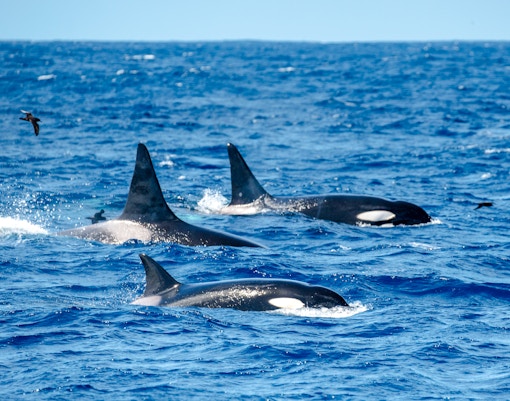
March
This is when the Atlantic highway gets busy—Orcas, sperm whales, and sometimes even Bryde’s whales cruise by. The resident pilot whales are, of course, always in attendance.
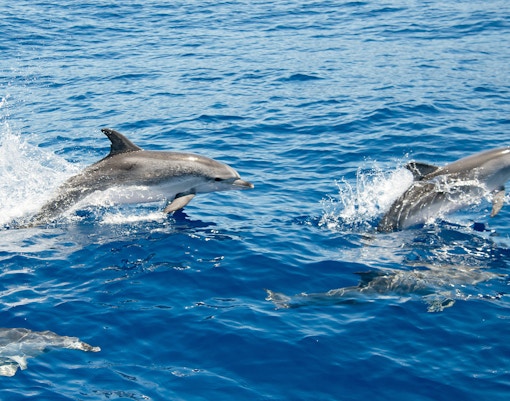
April
April is like the sampler platter of Tenerife’s whale season. You get migratory species mixed with dolphins showing off their acrobatics. The weather is warming, the seas are calmer, and it’s a sweet spot before summer crowds roll in.

May
Whales are still around, but dolphins become the scene stealers. Expect lively pods of Atlantic spotted dolphins racing alongside boats. The water warms up, making it more inviting for a post-tour swim.

June
The resident pilot whales are at their most visible. Think of them as Tenerife’s permanent cast members, always ready for curtain call. June is sunny and vibrant, and the seas are gentle—perfect for families with kids.

July
The warmest month and one of the busiest at sea. You’ll see pilot whales and dolphins daily, and if you’re lucky, the odd migratory visitor. Tours are buzzing with energy, so book early.

August
Hot, lively, and dolphin-packed. The bottlenose dolphins in particular seem to love August, performing flips and bows like they’re auditioning for a Disney role.

September
As the water temperature cools slightly, migratory species start trickling back. Sperm whales return, and September often brings calmer seas after the summer swell.
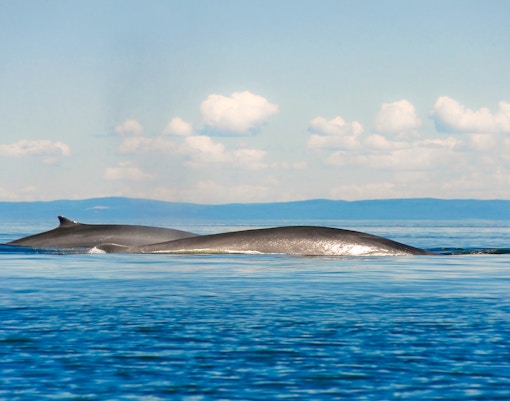
October
This is the month to keep your eyes peeled for fin whales again, alongside sperm whales and of course, the year-round pilot whales. Autumn sunsets add a cinematic flair to evening tours.
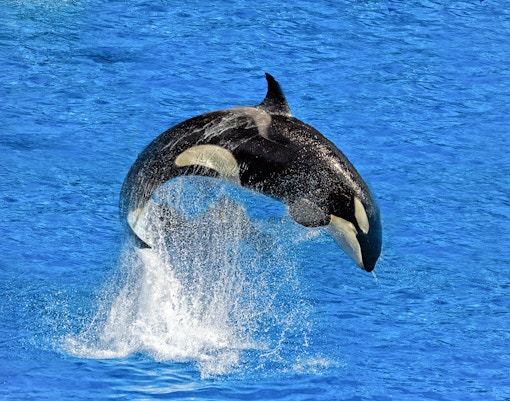
November
Orcas are most likely spotted in November and December. They’re not common, but when they show up, it’s the kind of story you’ll be telling for years. Expect dramatic skies and fantastic sightings.
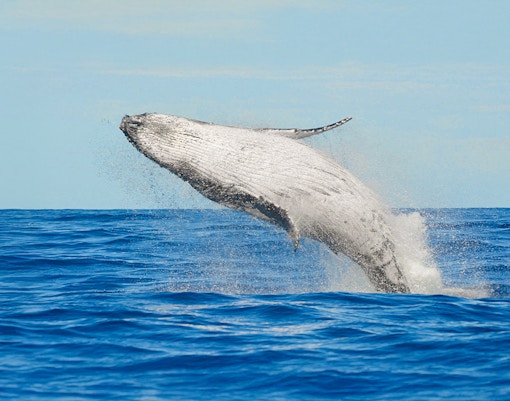
December
Sperm whales, fin whales, and sometimes orcas headline the season, making this one of the most exciting months. Add in Tenerife’s festive holiday vibe, and you’ve got the ultimate year-end trip.

